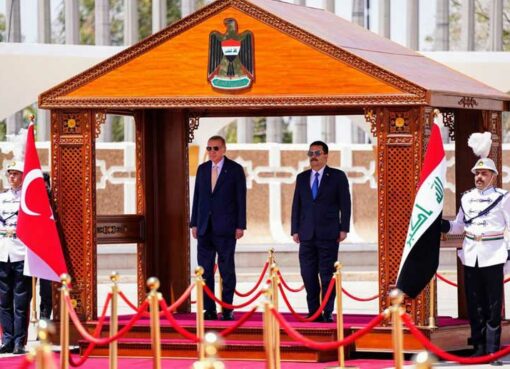Context
The violence and destruction caused by the group known as the Islamic State of Iraq and the Levant (ISIL), as well as the military operations against them, have caused the displacement of nearly 6 million people since 2014. As of March 2022, 1.18 million people remain displaced throughout 18 governorates of Iraq, of which 180,000 are living in 26 formal camps established for internally displaced persons (IDPs). Additionally, 4.96 million people have returned to their areas of origin. Iraq continues to be characterized by prolonged displacement, fragmented access to basic services, precarious livelihoods, as well as a fragile political and security environment. Households’ (HHs) livelihood conditions were further impacted by oil price volatility and COVID-19 related constraints, resulting in a 10 percentage point increase in unemployment rates compared to pre-COVID-19 levels. Although the economy is gradually recovering from these shocks, the World Bank emphasizes that climate change, fragmented public service delivery, geopolitical tensions, rising food prices, and over-reliance on oil revenues will continue to pose major risks to HHs’ ability to sustain their livelihoods. Following increasing concerns about security, the government restricted the cultivation of certain crops by 50%, which risks negatively impacting food security and domestic agricultural production. Indicative data from a selection of districts that were covered through the Joint Price Monitoring Initiative (JPMI) in April 2022 showed a 12% price increase for food items that are part of the Iraq Survival Minimum Expenditure Basket (SMEB), compared to the previous month, resulting in a 32% average price increase of the SMEB value since the start of 2022. This factsheet summarizes MCNA IX findings on livelihood conditions reported by in-camp IDPs, out-of-camp IDPs and returnees in Iraq.
Download report
REACH_IRQ_Factsheet_Livelihood_MCNAIX_July2022








Comment here